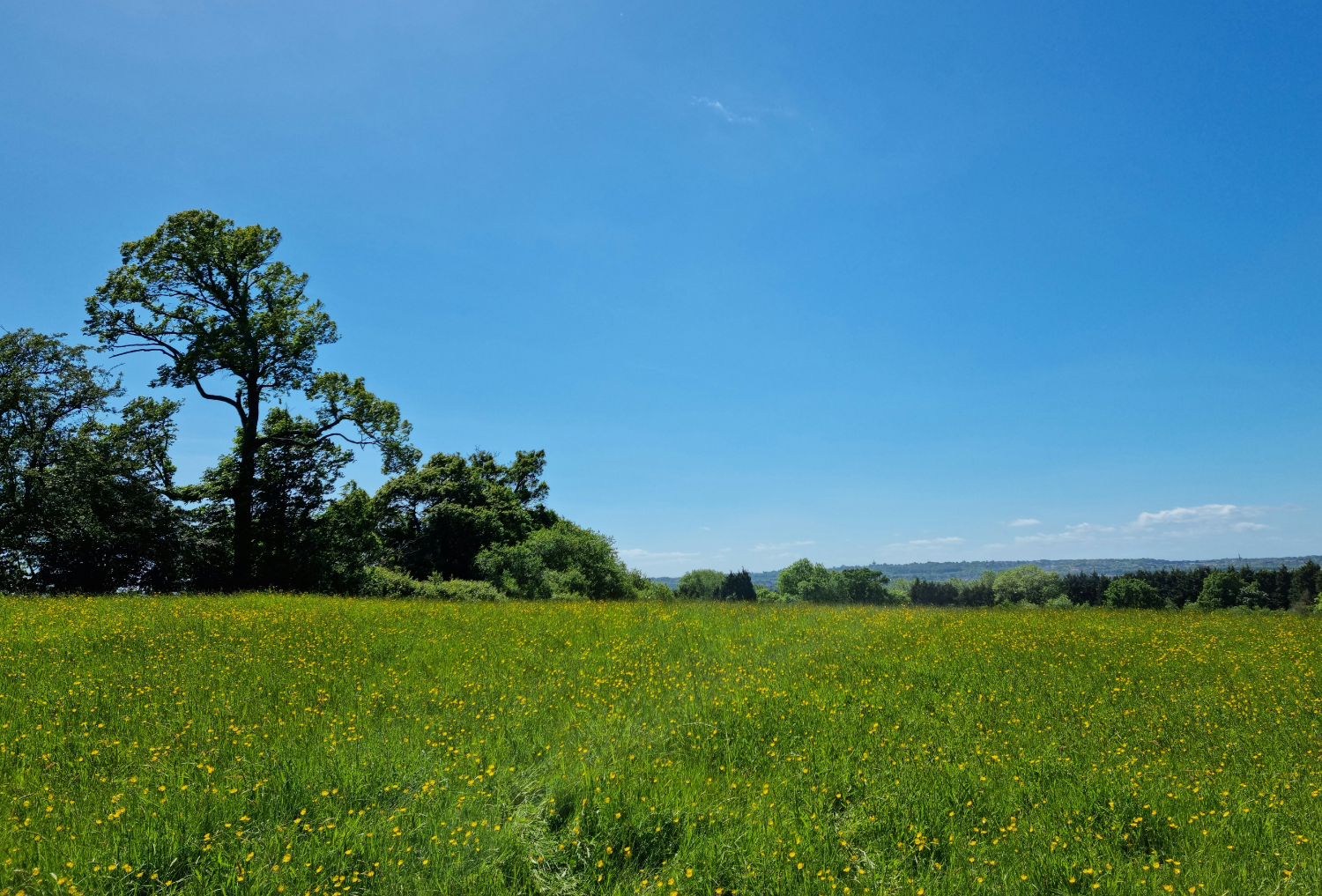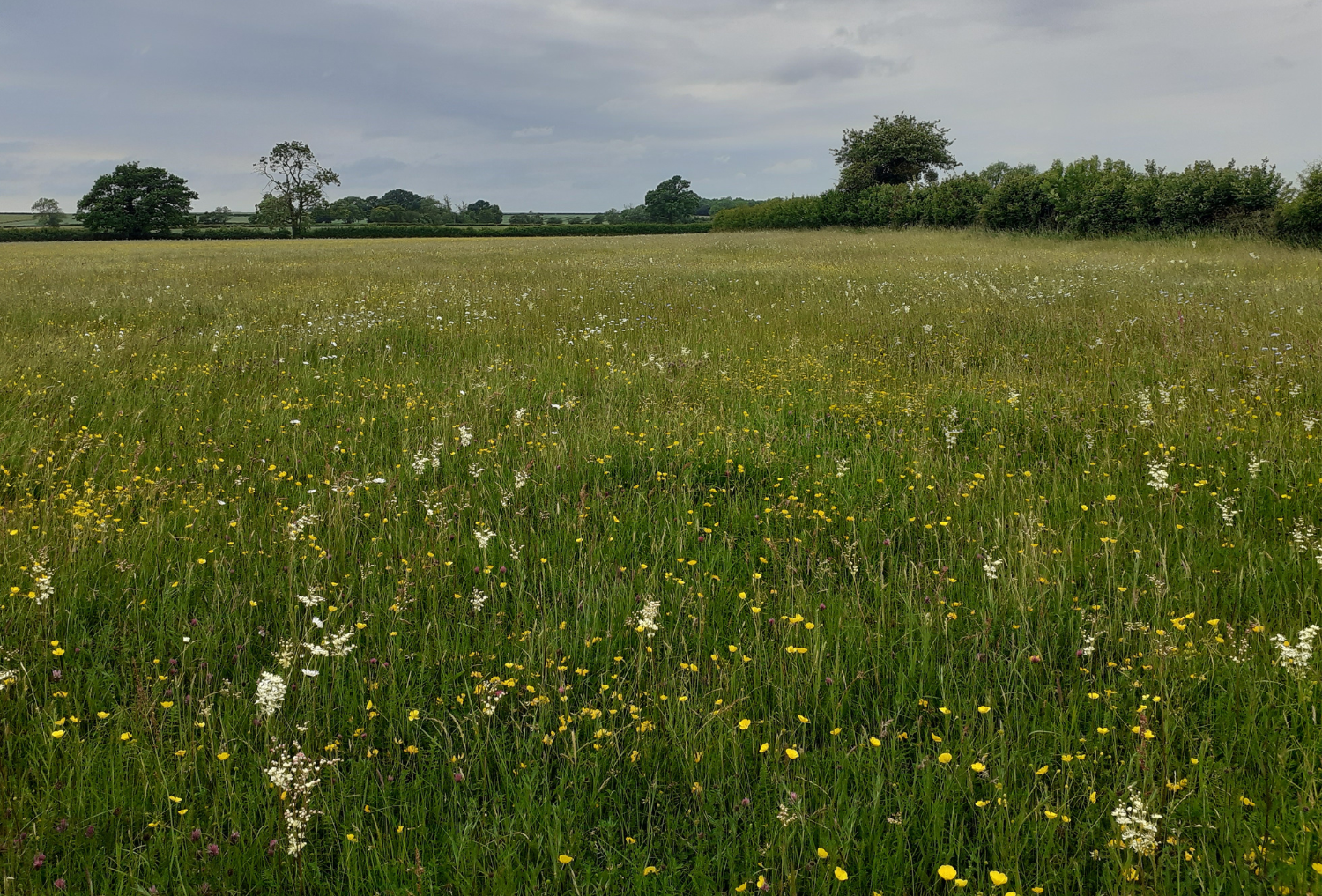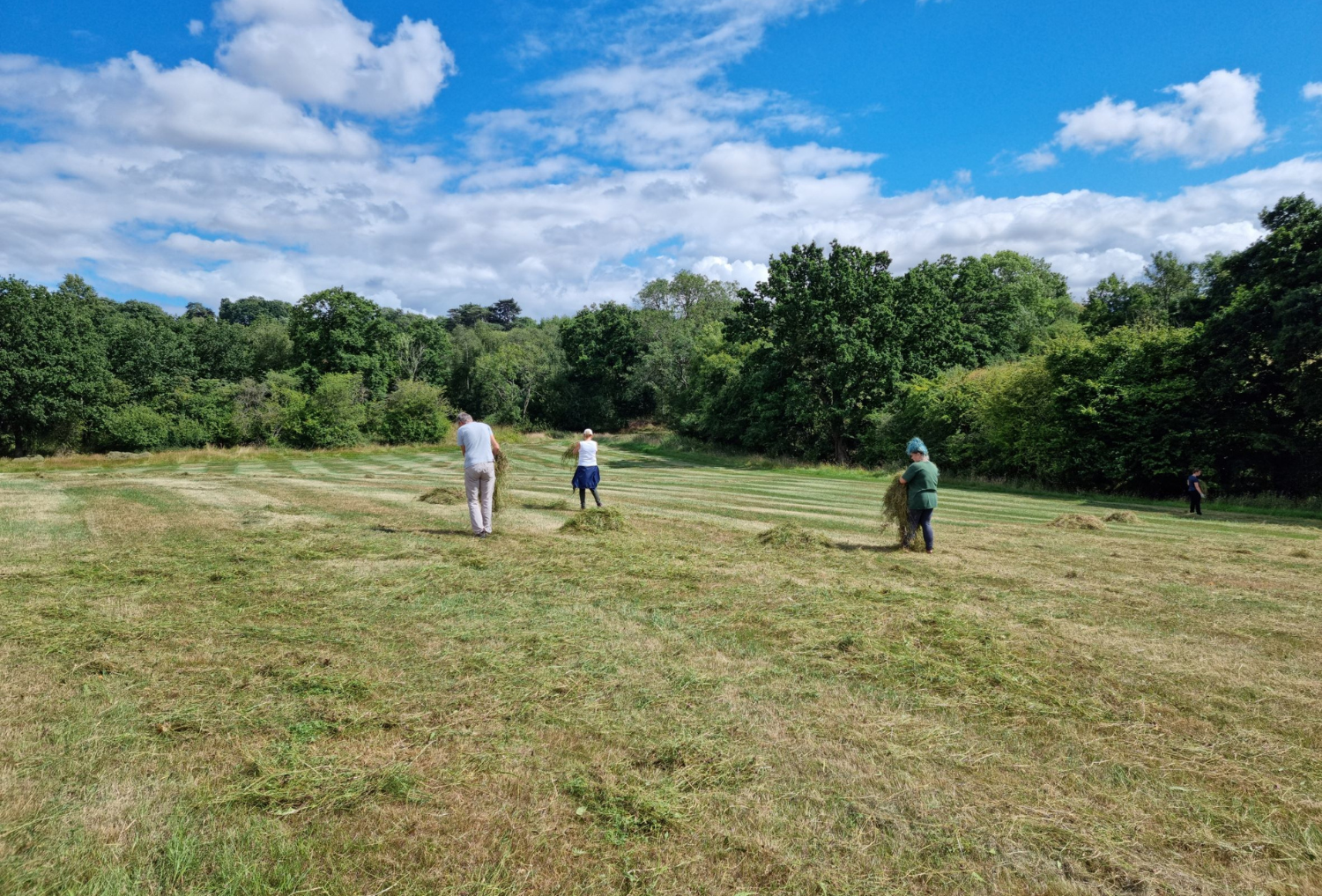
Surveying and managing the Forest’s grasslands
Grasslands are important habitats for biodiversity because of the large number of plants adapted to grow in them and the range of different grasslands which can occur, as well as the thousands of invertebrates, birds like skylark and barn owl, mammals and fungi which depend on grasslands to survive too.
Our biodiversity team, with the help of volunteers, has been out surveying these valuable habitats in the Forest this spring and summer, gathering information to help us manage these wonderful green spaces to boost biodiversity.
What are grasslands
A grassland is any habitat where grasses and herbaceous plants (those lacking woody stems) are dominant. Of particular importance are those grasslands rich in wildflowers where far greater biodiversity can be found.
The grassland habitats vary greatly depending on climate, geology, hydrology, and management across Britain, with the final three of these points being the most important in the Forest, and management the most important factor of all. A combination of nutrient enrichment, reseeding with competitive grass species, early or multiple hay cuts, both over and under-grazing, and other factors has resulted in the loss of 98% of our species-rich grasslands just 100 years. Management with a greater focus towards biodiversity should conserve and increase the floral diversity of a grassland instead, which will subsequently benefit many other species present too.
We are aiming to understand grasslands across the Forest, especially those which already likely have greater floristic diversity or the potential to become more diverse, by recording what plants are found in them, especially the more easily identifiable flowering plants. Many of these are positive indicator species for certain grassland types, so can be used to learn what sort of grassland is present. Once completed, we will then better understand how to manage these in the future.

Grasslands in the Forest
At Naunton Beauchamp, the Naunton Court Meadows Site of Special Scientific Interest (SSSI) is protected by law due to the species-rich grassland found there. We surveyed this last summer but surveyed it again this spring to learn what plants are present earlier in the year; the species visible in the same grassland can vary significantly depending on when it is visited. The most species-rich of the two fields here was dominated by lesser trefoil and abundant with lady’s bedstraw, meadow buttercup, and bulbous buttercup. The earlier timing of this survey made it far easier to record the earlier-flowering bulbous buttercup, while common sorrel also seemed far more frequent compared to the previous year’s survey.
Naunton Court Meadows are managed as hay meadows with a conservation minded approach. Meadows are a particular type of grassland which are left to grow and then cut for hay in summer. This hay cut benefits wildflowers by removing nutrients from the meadow, overwise grasses outcompete the wildflowers and come to dominate. Traditionally, the hay is cut around late July to August once the herbaceous plants have been able to flower and set seed, then ‘aftermath’ grazed to push seeds into the soil and aid germination, as well as to control grass growth through autumn and winter and allow more wildflower growth in spring. The SSSI is managed in this method.

Green hay and wildflower meadow creation
A survey to learn the spring grassland assemblage was completed on another species-rich meadow at Gorcott Hill, surveyed previously last July. Common knapweed, meadow buttercup, common sorrel, and meadow vetchling dominated the sward here, but the most impressive plant found here was adder’s-tongue fern, an indicator of long-established wildflower grassland.
The management of this meadow is similar to that of Naunton Beauchamp with a late summer hay cut followed up by grazing. The hay cut this year excluded a patch of the meadow where sneezewort, a plant of damp acidic meadows only found here in the Forest, was discovered last year; this should allow it to flower and set seed.
The hay cultivated here has also been used for green hay strewing onto the two less floristically rich fields onsite. By cutting this field, transferring the hay immediately to the less diverse fields and spreading it, the seeds in that green hay will fall off, germinate, and improve the diversity of the two poorer fields. You can find out more about our green hay strewing at Gorcott Hill here.
Three of the fields at Dorsington were surveyed by one of our volunteers. She found the Riverside Meadow near Dorsington (confusingly, not actually next to the Avon!) to be dominated by goat’s-beard and meadow buttercup with hogweed and rough hawk’s-beard locally abundant. The Flower Field – previously unsurveyed – lived up to its name and is dominated by common knapweed with lady’s bedstraw, common bird’s-foot-trefoil, ox-eye daisy, cowslip, and meadow vetchling frequent to abundant across the meadow.
These meadows at Dorsington have benefitted from changing to a later hay cut, which has allowed the flowers to grow and become more visible than in previous years. Continuing this should ultimately lead to these meadows becoming more diverse.

Visiting the rich grasslands of the Forest
With your help the Forest can continue to grow in new and diverse ways such as meadow regeneration and grassland management. Your support as a Friend of the Forest for a recommended minimum donation of just £5.00 a month will benefit the environment, wildlife, and people. You will not only help make an impact today, but you will be leaving an incredible legacy for future generations.



